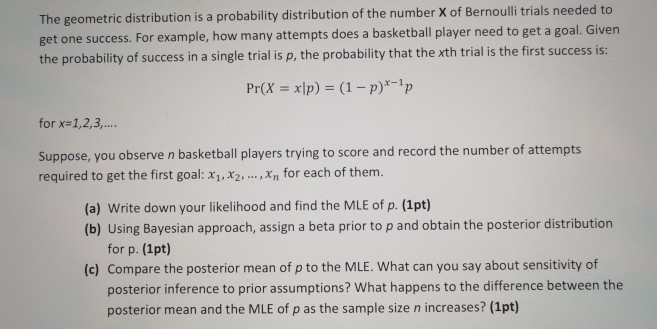Question
Consider five BOOLEAN random variables representing the following facts: G = true indicates that you will go to graduate school S = true indicates that
Consider five BOOLEAN random variables representing the following facts:
G = true indicates that you will go to graduate school
S = true indicates that you will study
W = true indicates that you will work part-time.
D = true indicates that you will be able to successful in getting your advanced degree
M = true indicates that you will have money to make your ends meet
Given the above representations, now you need to do the following inference:
a. The probability that you will go to a graduate school and that you will study and be successful getting your advanced degree, but will not work part-time or make your ends meet. i.e., P(G=true, S=true, W=false, D=true, M=false)
b. The probability that you will have success in getting your advanced degree if you can make your ends meet and study, but do not work part-time. i.e., P(D = true | M = true, S = true, G = true, W = false)
c. The probability that you will go to a graduate school and will get your advanced degree and that you will make your ends meet. i.e., P(M=true, G=true, D = true).
d. The probability that you will get your degree and also makes your ends meet given that you go to a graduate school, study hard, and work part time. i.e., P(D = true, M = true |G = true, S = true, W = true).
Given above representations from problem:
Give a Bayesian Network representing the following dependency relationships:
if you go to graduate school, this will affect the likelihood that you will study and the likelihood that you will work part-time. Studying and working affect your chances of getting the advanced degree, and working affects your chances of making your ends meet.
Use the following additional information gathered from observing a large set of data to compute ALL the probability values for your Bayesian network:
a. There is a 20% chance that you will go to a graduate school.
b. If you go to a graduate school, there is a 80% of chance that you will study. However, even if you don't go to a graduate school, there is still a 20% of chance that you will study.
c. If you go to a graduate school, there is a 60% of chance that you will work part-time to make your living. However, even if you don't go to a graduate school, there is a 50% of chance that you might still work part-time.
d. If you study and work part-time, there is a 60% of chance that you will successfully get an advanced degree. If you study and do not work part time, the change to get an advance degree is much higher, about 90%. However, if you do not study, the chance for you to get an advanced degree is 10% if you work part-time and 20% if you do not work at all.
e. If you work part-time, the chance to make your ends meet is 90%. However, if you do not work, then the chance to make your ends meet is only 20%



Step by Step Solution
There are 3 Steps involved in it
Step: 1

Get Instant Access to Expert-Tailored Solutions
See step-by-step solutions with expert insights and AI powered tools for academic success
Step: 2

Step: 3

Ace Your Homework with AI
Get the answers you need in no time with our AI-driven, step-by-step assistance
Get Started


